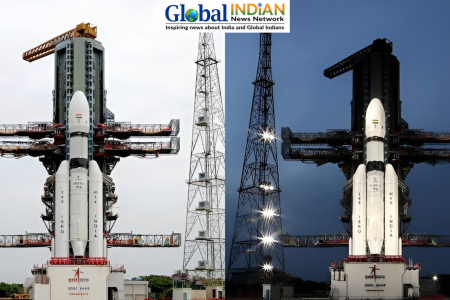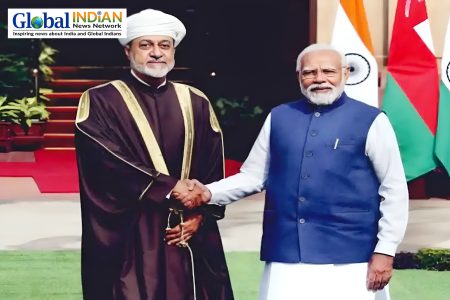
The Indian Space Research Organisation (ISRO) achieved a historic milestone with the launch of its 100th rocket, the Geosynchronous Satellite Launch Vehicle (GSLV-F15). The rocket carried the NVS-02 satellite, which will enhance India’s Regional Navigation Satellite System (NavIC), also known as the Indian Regional Navigation Satellite System (IRNSS). The launch took place at 6:23 AM from the Satish Dhawan Space Centre in Sriharikota, Andhra Pradesh.
Strengthening India’s Navigation Capabilities
The addition of the NVS-02 satellite increases the number of operational satellites in the NavIC constellation from four to five, improving positioning accuracy across India and its surrounding regions. ISRO’s Space Applications Centre (SAC) Director, Nilesh Desai, emphasized the satellite’s role in refining navigation accuracy, stating that it will be placed in a geostationary orbit at 36,000 km.
NavIC, India’s independent GPS-like system, consists of seven satellites designed to provide precise positioning data. Desai noted that the new series of satellites is gradually replacing older ones, further strengthening the system’s efficiency.
NavIC: India’s Own GPS Alternative
Former Indian Institute of Astrophysics scientist RC Kapoor described NavIC as “India’s own GPS,” highlighting its ability to deliver highly accurate positioning data. He explained that the system covers a region extending 1,500 km beyond India’s borders and features advanced technologies, including a rubidium atomic clock synchronized with ground stations.
Kapoor also pointed to ISRO’s upcoming collaboration with NASA on the NISAR mission, an Earth observation satellite project that marks ISRO’s most expensive and ambitious initiative to date.
Indigenous Space Advancements
The NVS-02 satellite is entirely developed in India, showcasing ISRO’s progress in space technology. Defense scientist W Selvamurthy praised the agency’s achievements in propulsion, material, guidance, and payload integration, reinforcing India’s leadership in space research. He further expressed confidence that, under the ‘Viksit Bharat 2047’ vision, India will continue to expand its presence in global space exploration.
Future of NavIC and ISRO’s Space Vision
NavIC provides two primary services: Standard Positioning Service (SPS) for civilian use and Restricted Service (RS) for strategic applications. With a positioning accuracy of under 20 meters and a timing accuracy of better than 40 nanoseconds, the system strengthens India’s self-reliance in satellite-based navigation.
The successful launch of the NVS-02 satellite marks another step in India’s journey toward technological independence. As ISRO sets its sights on future projects like NISAR, this mission reinforces India’s growing influence in space exploration and navigation technology.












